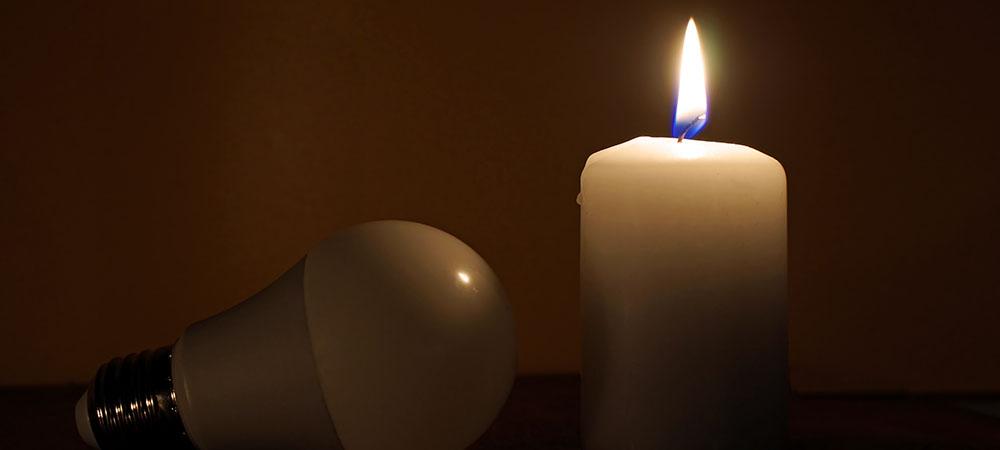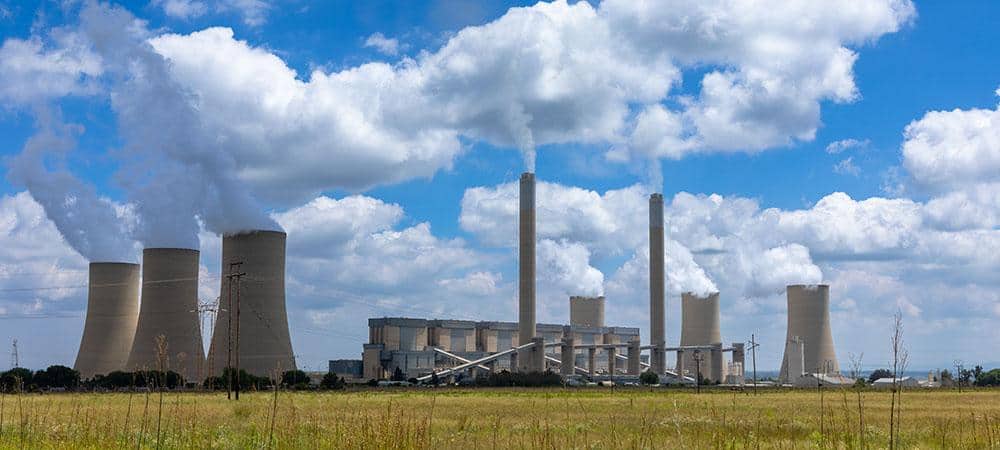Declared a state of disaster in February 2023, although revoked less than two months later, it’s clear that South Africa’s energy problem is a crisis of enormous proportions. Prolonged and rolling power cuts are affecting the daily lives of individuals and businesses and bringing the economy to its knees. Is there a solution in sight? What are the ways that government plans to reduce load shedding? How can South Africans power up their homes? Below, we talk about this and more.
What Has Caused the Energy Crisis?
Regular power outages have been a problem since around 2008 for South Africa and it’s only become worse—exponentially. Currently, hardly a day goes by when South Africans aren’t without electricity due to power cuts at some point in the day. This is due to an energy crisis in South Africa.
There isn’t any one single reason which has caused the energy crisis but multiple factors. Inquiries into Jacob Zuma’s time in office have led to revelations that state-owned enterprises, such as Eskom, have been grossly mismanaged in recent years and corruption has been rife.
In addition to corruption, Eskom relies on old technology and old equipment. Our power stations are coal-fired and extremely unreliable, with emergency repairs having to be enacted regularly—in addition to scheduled load shedding.
Because Eskom is the primary supplier of power to South Africa, citizens have little choice in enduring these blackouts.

Are There Solutions to the Energy Crisis in South Africa?
There are a few possible solutions to South Africa’s energy crisis, but none of them are within immediate reach, mainly due to lack of resources, lack of funds, and corruption.
Climate activist Raeesah Noor Mahomed believes that South Africa could transition to more renewable sources, but believes that corruption in the government is halting this process. An enormous amount of profit is made from coal mining and fossil fuels, so there’s hesitation to transition to renewable energy resources.
In real terms, the government has outlined multiple actions in its Energy Action Plan, announced in July 2022, as follows:
1. An increased budget for Eskom.
Considering the power supplier said it could only provide half of the power that was needed in 2023, one solution involves giving the power utility more funds.
2. Upgrading current power stations.
Government announced it needed to improve the performance of existing power stations, which would involve maintaining and updating them.
3. Removing red tape.
Until now, it’s alleged that it’s difficult for Eskom to purchase maintenance spares and equipment due to bureaucratic delays.
4. Recruiting skilled employees.
This includes previously employed engineers and plant managers.
5. Buying surplus electricity.
This is most likely to come from independent power producers, along with existing private generators like shopping centres, mines, paper mills, and more.
6. Importing power from neighboring countries.
Southern African countries that have greater electricity capacity will be tapped for power.
7. Interim solutions.
These include mobile generators—for a limited period.
Reducing Load Shedding
In conjunction with this, the government plans to ‘accelerate the procurement of new generation capacity’, such as by doubling the amount of generation capacity in Bid Window 6 (a phase in the plan to procure privately generated electricity) for wind and solar—from 2600MW to 5200MW. It will also ensure that projects from Bid Window 5 will start on schedule.
As of January 2023, there had been a determination that 18,000MW of new generation capacity is to be generated through wind, solar, and battery storage.
Furthermore, the government announced that as a part of its Energy Action Plan, it would increase private investment in generation capacity. This would include actions like tabling special legislation to hurry the process of generating new capacity for a limited period and extend power lines and substations for Eskom without the need for environmental authorisation in certain areas.
The plan also includes encouraging the people of South Africa to invest in rooftop solar panels by being able to sell surplus power to Eskom, although this seems like a still-far-away solution. However, despite that, South Africans are investing in solar technology to power their homes and businesses.
Finally, government plans to finalise the Electricity Regulation Amendment Bill faster, which would enable private sector investment, and appoint boards for the transmission and generation entities that will fall within Eskom’s purview.

Are These Efforts Good Enough to Stop Load Shedding?
The question on everyone’s minds is: Will this be enough to bring South Africa out of load shedding darkness, particularly when Eskom is currently operating with a shortfall of between 4000MW and 6000MW? There’s also the global clean energy requirements to think about. Government has plans to take old coal-fired generation units offline by 2030, which currently produce between 8000MW and 12000MW.
COO of Eskom, Jan Oberholzer, states that Eskom needs to find a way to produce another 50,000MW of energy over the next 13 years in order to keep up with demand and the decommissioning of the old units. This is more than double its current capacity, which sits at 46,000MW currently.
Powering Up
Thankfully, there are options to power our homes and industries in South Africa. Subverting the energy crisis in South Africa is possible. Enter: solar energy and inverters. At Virtual Sense, we want to see every household and business in South Africa continue as if load shedding is a thing of the past. That’s why we offer solar and battery solutions that are custom fit for homes and businesses.
Our product range includes UPS devices, such as online and line-interactive systems, solar batteries and deep cycle batteries, solar power and solar panels, a wide range of inverters, voltage stabilisers, and surge and lightning protection devices—all of which work to reduce the effects of load shedding in your life.
We not only supply top-quality products, but also offer professional installation services of uninterrupted power supply products, so that you know your blackouts-buster system is reliable and won’t bug out on you in a couple months. We also offer an after-sales maintenance service that ensures your system is kept in tip-top shape at all times. This includes after-hours assistance options and quick turnaround times.
Contact us today for a tailored quote.

